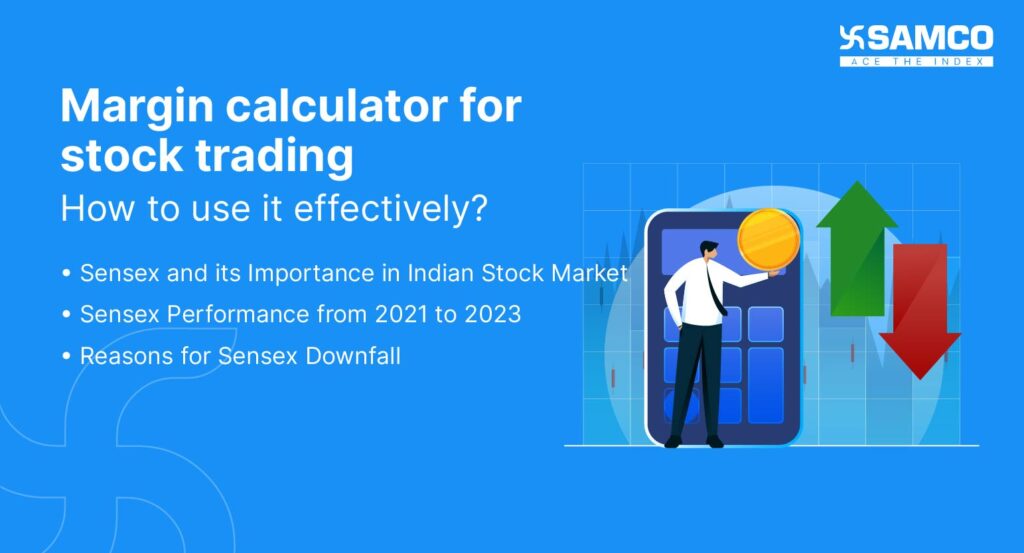Techniques In The Trader’s Guide To Indian Indices
Using sophisticated tactics and approaches from trading & investment apps is essential for individuals who want to succeed in the fast-paced world of trading Indian indices, where opportunity and volatility go hand in hand. This thorough tutorial delves into the advanced tools accessible to traders, offering advice on how to profit from market swings and navigate the complexities of Indian indexes.

1. Algorithmic Trading:
Emerging technological advances in financial markets that facilitate online investing and trading apps, as well as algorithmic trading, have tremendously strengthened the Indian market through this instrument of smart artificial intelligence. Using algorithms, traders can implement intricate algorithms, ponder large data analyses, and react swiftly to market changes.
2. Options Trading Strategies:
Choice trading gives the trader flexibility as one of his or her tools. In five minutes, you can set up your digital marketing plan and learn how to use your online presence best! Volatility hedging strategies like straddles, strangles, and the iron condor can be employed to increase profitability, protect positions, generate income, and cut drawdowns in the case of a market decline. Options trading is a product of the ever-changing market environment, which entails the expertise of a good number of knowledgeable people but also furnishes ways to deal with risk strategically.
3. Pairs Trading:
Pairs trading is the method of purchasing long and short positions for the instruments that have a positive correlation in online investments. Traders look for pairings of stocks or indices and position themselves by such divergences, envisaging unequal movements. This approach is driven by the idea that similar options will be concurrent in time, allowing investors to have benefits at the end of the day.
4. Statistical Arbitrage:
Statistical trading is based on a quantitative approach and on a statistical analysis of instrumentalities to discover misplaced prices. By overcoming the momentary risk price discrepancies between related assets, traders can earn additional income. The data is plotted using sophisticated mathematical modeling and data analysis.
5. Market Making Strategies:
Market making is a strategy utilized by those who trade & invest, and involves continuously quoting buy and sell prices to capture the bid-ask spread. Although this strategic plan necessitates cautious risk management, it may be financially rewarding for internet-based stockbrokers who have a deep understanding of local markets and outstanding reactive skills in changing situations.
6. Event-Driven Strategies:
Traders who require satisfactory outcomes may find support in event-trading strategies by creating certain trading occasions, such as earnings announcements, economic releases, or corporate events. Such traders apply forecasting tools that calculate return or give stock recommendations to see how a market will respond to these events, and, as a result, they can define what strategy they will use to profit from the expected price movement.
7. Machine Learning in Trading:7. Machine Learning in Trading:
Machine learning algorithms are capable of working with a large amount of data to find the relationships and patterns among the data that cannot be found with the human eye. Traders can tap into the capabilities that machine learning offers them for regression analysis, opinion mining, and image recognition so that their decisions can be improved.
8. Quantitative Analysis:
The math works here for those who count their profit, as it is in quantitative analysis that we use mathematical models and statistical techniques to work out market trends and make trade decisions. The traders choose to use numbers as their strategies by testing the models and applying strong risk management to increase their success.
9. High-Frequency Trading (HFT):
High-frequency trading tends to utilize powerful algorithms and data transmission grades to process the bulk of orders at incredibly high speeds. At the same time, such a strategy could incur heavy capital investment in technical infrastructure and continually outsmart other market participants in the pursuit and exchange of short-term lucrative prospects.
10. Global Macro Trading:
Traders can take a global macro approach, which implies looking at macroeconomic factors like trends and geopolitical events that impact multiple markets. Using a worldwide factoring process, traders are able to make realistic considerations about the wider economic setting on Indian indices.
Mastering advanced Indian indices trading strategies elevates traders to a new level of sophistication, offering a broader spectrum of opportunities. A blend of traditional and advanced techniques is key for sustained success.

